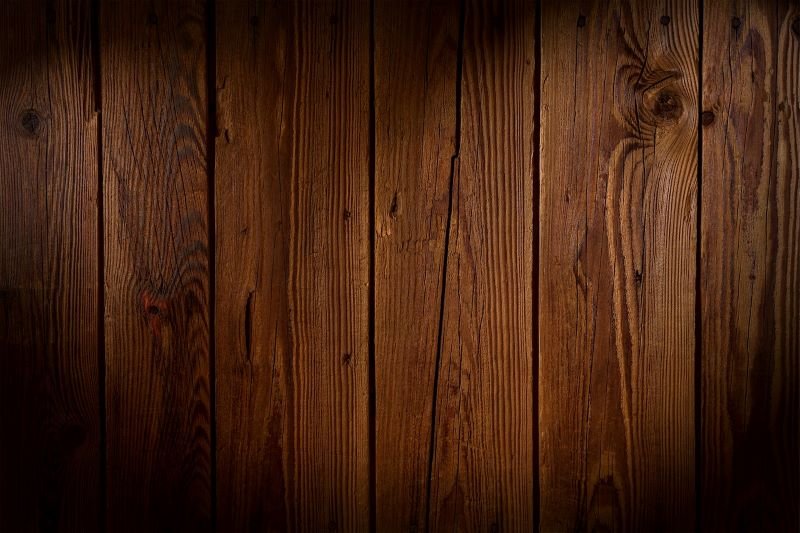How To Work With Exotic Hardwoods
With their beautiful charm, distinct durability, and long-lasting nature, exotic hardwoods are a popular wood choice amongst homeowners. In addition, exotic hardwoods are easy to maintain and can withstand a lot of wear and tear.
When working with exotic hardwoods, homeowners should remember that hardwoods are not like softwoods. Plus, domestic hardwoods are not the same as exotic hardwoods. Understanding how certain products interact with the unique characteristics of exotic hardwoods is a must in order to achieve the best results.
Softwoods vs. Domestic Hardwoods vs. Exotic Hardwoods
Homeowners can better utilize Denver lumber and each type of wood that is available when they know the difference between softwoods, domestic hardwoods, and exotic hardwoods. The physical structure and internal makeup of wood are not the same across all wood species, which significantly impacts the way you can use them.
Softwood comes from gymnosperm trees and hardwood comes from angiosperm trees. The differences between the wood in these two plant categories is complex. Suffice it to say that the contrasting characteristics create a need to use wood from these two types of trees differently.
Furthermore, hardwoods grow at a slower rate than softwoods, which makes hardwood a more dense wood option compared to softwood. The compact makeup gives it unsurpassed strength and superior-level stability. A denser wood is a stronger wood.
Softwood is grown and harvested from all around the world and is readily available, often at lower prices. Hardwoods come from specific regions where they grow best. Domestic hardwoods are sourced from trees within the United States or Canada, while exotic hardwoods usually come from tropical areas.
Domestic hardwoods include trees such as maple, black walnut, oak, alder, hickory, and beech. Examples of exotic hardwoods include Red Balau, Brazilian Walnut (Ipe), Peruvian Walnut, Australian Cypress, Brazilian Cherry, Bloodwood, Tigerwood, Zebrawood, Bolivian Rosewood, and Mahogany.
Working With Exotic Hardwoods
The first step in any wood project is cutting the lumber to the desired length and shape. Because exotic hardwoods are more dense and hard than most other types of wood, they can be a challenge to cut. Using the wrong tools for the job may not only fail to do the job but may cause damage to your saw or blades.
When working with these types of woods, make sure you have the best tool for the job and know how to use them. Here are some tips for cutting exotic hardwoods.
Cut Slowly – You may be tempted to push your saw to operate at high speed to chew through the wood, but often slowing it down is more effective.
Use a Carbide Blade – Some exotic woods are as hard as glass. If your blade is too soft, it will get damaged before it cuts the wood.
Apply Pressure – Merely allowing the blade to graze the wood is often ineffective. The blade may end up polishing the surface you are attempting to cut. Putting the right amount of pressure on the wood surface can help your saw blade push through.
Gluing Together Exotic Hardwoods
Some kinds of exotic hardwoods have a higher oil content than others. This high oil content combined with the natural high density of an exotic hardwood can make certain products adhere less to this wood type.
Let’s discuss wood glue, for example. Wood glue does not stick well to an oily surface. While wiping away the oil before applying glue might seem like a reasonable course of action, wiping the surface only removes some of the oils. Eventually, oils will work their way to the wood’s surface again.
Getting wood glue to stick to an oily exotic hardwood is possible, though. One solution is to sand down the surface of the wood to expose the grain. Sanding breaks up the surface, giving the glue something to adhere to.
Another option is to use a solvent prior to applying glue. Beware, not all solvents are created equal, so you want to make sure to use one that actually dissolves or removes the oils.
Next, oil repels water, which means a water-based glue on an oil-filled surface will not work. In fact, the wood can completely reject the glue. A synthetic, non-water-based glue is the preferred product for exotic hardwoods.
It’s all about applying a kind of glue, such as a cyanoacrylate glue or polyurethane glue, that is designed to adhere to a wide variety of surface types. But even using a polyurethane-based glue comes with rules. Moisture activates polyurethane, so it is necessary to wet the surface of your exotic hardwood before application.
Finishing Exotic Hardwoods
Like glue, not just any kind of finish should be applied to an exotic hardwood. An oil-based finish is known as a reactive finish. When applied to a non-exotic hardwood, the finish undergoes a chemical reaction as the solvent evaporates, allowing the finish to cure and harden on to the wood surface. Unfortunately, this is not the case with exotic hardwoods.
Finishing an exotic hardwood requires careful attention. Since reactive finishes do not take well to exotic hardwoods, applying an intermediate coat is one way to get that final top coat to cure.
What product can be used as an intermediate coat? Dewaxed shellac is an excellent go-to choice for homeowners. Once you apply several coats of dewaxed shellac, then that final top coat will have something to stick to. By doing so, the finish will not react to the oily chemical components of exotic hardwood.
The Complexity of Exotic Hardwoods
Exotic hardwoods are complex. The scientific properties of exotic hardwoods make this type of wood an extremely versatile material. On the other hand, it is those same properties that homeowners should be aware of when working with exotic hardwoods.
Exotic hardwoods are specialty wood products and need specific TLC for projects to turn out the way they are meant to. Homeowners must remember that softwoods are not like hardwoods, and even domestic hardwoods and exotic hardwoods have notable differences.

 CALL FOR A QUOTE
CALL FOR A QUOTE


